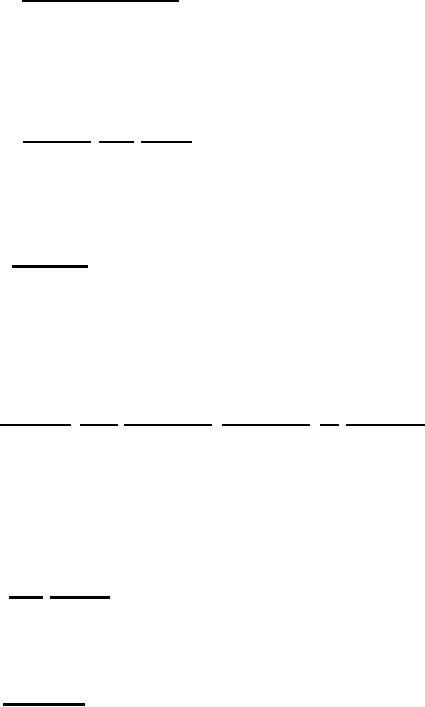 |
|||
|
|
|||
| ||||||||||
|
|  MIL-S-18471G(AS)
3.2.2.1.1.1 Ejection seat back. The open angle between the ejection seat
back tangent and the seated surface tangent shall be in accordance with
figure 2. The ejection seat back shall be rigid and contoured to support
the scapula over its entire area at the top and sacro-coccyx region at the
bottom, during power retraction and initial boost or catapult phase for the
entire specified aircrewmember population. Lumbar and kidney support shall
be provided by cushioning (see 3.2.2.1.4) and be non-intrusive.
3.2.2.1.1.2 Ejection seat sides. The ejection seat sides shall provide
space for the aircrewmember manual release handle on the right-hand side in
accordance with 3.2.2.3.4. If the ejection seat structure sides protrude
above the compressed sitting surface of the ejection seat, the ejection seat ,
structure sides shall accommodate the sitting hip breadth range of the specified
aircrewmember population wearing full personal gear.
3.2.2.1.1.3 Headrest. A headrest shall be provided to support the helmeted
head of the aircrewmember. It shall be contoured to minimze head rotation
and instability during flight operations and ejected escape. The cushion
provided for the headrest shall comply with 3.2.2.1.4. The locus of the helmet
bearinq point throughout the range of ejection seat assembly height adjustment
shall he a line parallel to and not greater than 2.0 inches forward of the
back tangent. The width of the headrest shall be not less than 6.75 inches.
Headrest height shall be determined in accordance with figure 3.
3.2.2.1.2 Ejection seat structural connection to aircraft. An accessible
visible, manual means shall be provided for easily connecting and disconnecting
ejection seat assembly-aircraft connections to enable organizational maintenance
personnel to readily and safely install or remove the ejection seat assembly
in the aircraft. The connection shall be capable of supporting loads imposed
on it during all flight maneuvers, ejection, and crash conditions as specified
in 3.2.1.6. Provision shall be made for easy aircrewmember preflight inspection
and determination of the flight status of the structural connections of the
ejection seat assembly.
3.2.2.1.3 Seat guides. A means shall be provided to guide the ejection
seat in a fixed path during its ejection from the aircraft. The design shall
prevent jamming or chattering due to loads imposed upon the ejection seat-
aircrewmember combination during ejection and flight. The design shall also
prevent jamming due to foreign objects.
3.2.2.1.4 Cushions. Cushions shall be incorporated into the seated surface,
the back, and the headrest of the ejection seat assembly for aircrewmember
support and comfort. Cushion design and location shall accomodate the
specified aircrewmember population while fully restrained in the optimum
ejection position. Upholstery shall meet the static electricity discharqe
requirements of NFPA Code 56-A 1973. Cushions shall be upholstered and
shall remain secured under all maneuver, ejection, and crash conditions
Cushions shall be easily removable for maintenance purposes. Cushion covers
shall be removable and washable. When compressed by the weight of the
maximum specified population aircrewmember, the seated surface cushion
thickness shall be not greater than 0.5 inches below the occupant's ischial
21
|
|
Privacy Statement - Press Release - Copyright Information. - Contact Us |